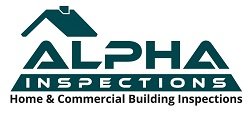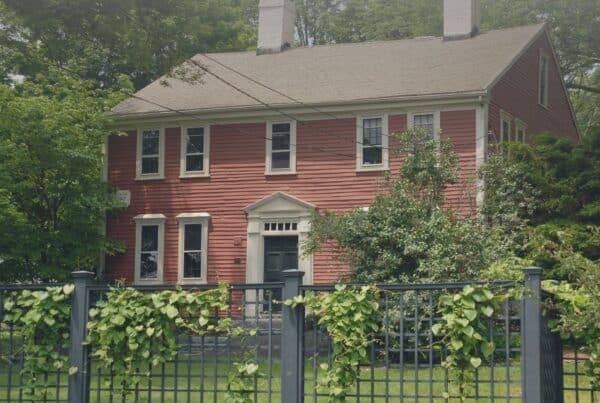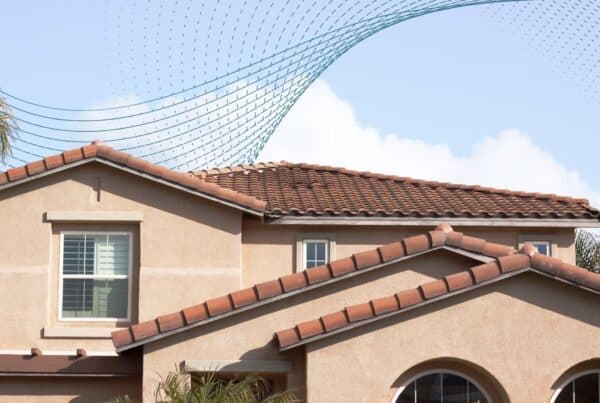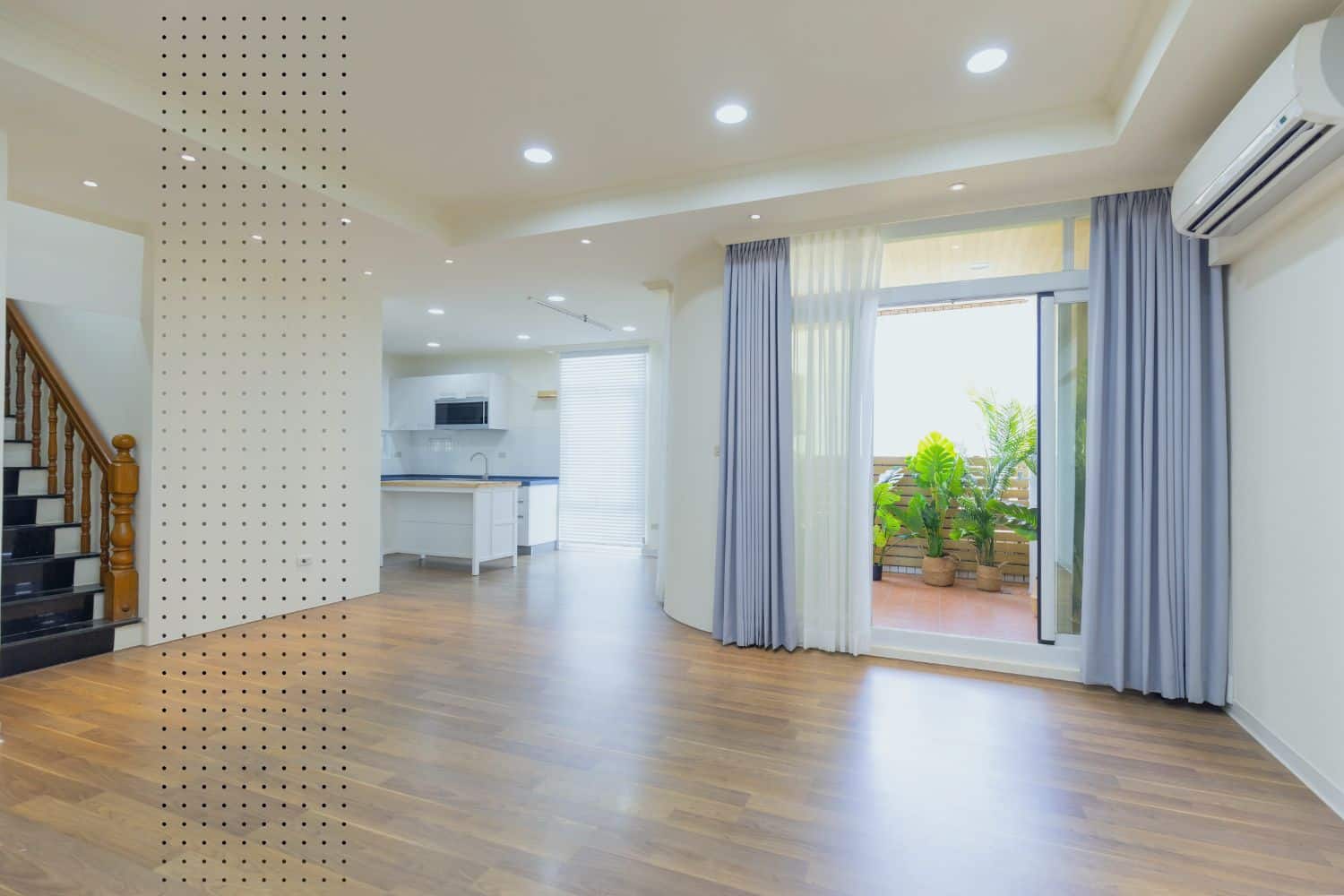
When people walk into a home or commercial space, the finish on the drywall and paint are one of the first things they see.
Clean lines and smooth finishes give the impression that a building has been well cared for. Uneven seams, cracks, or rough patches send the opposite message. But a poor drywall finish can be a signal of deeper problems in the building.
We’ve inspected countless commercial and residential properties across New Hampshire, Massachusetts, and Maine. If you’re buying, selling, or managing a property, here’s why drywall deserves a closer look.
What Is a Drywall Finish, Really?
A drywall finish refers to how smooth, even, and complete the surface is after drywall has been installed.
Most homes and buildings go through a multi-step finishing process that includes taping seams, applying joint compound, sanding, and painting.
In both residential and commercial construction, drywall finish levels are categorized from Level 0 (no finish at all) to Level 5 (a perfectly smooth, paint-ready surface). The level used should match the building’s purpose, location, and expected appearance.
During inspections, we aren’t judging paint colors or minor imperfections. We’re looking for inconsistencies, signs of damage, or areas that might suggest a problem beneath the surface.
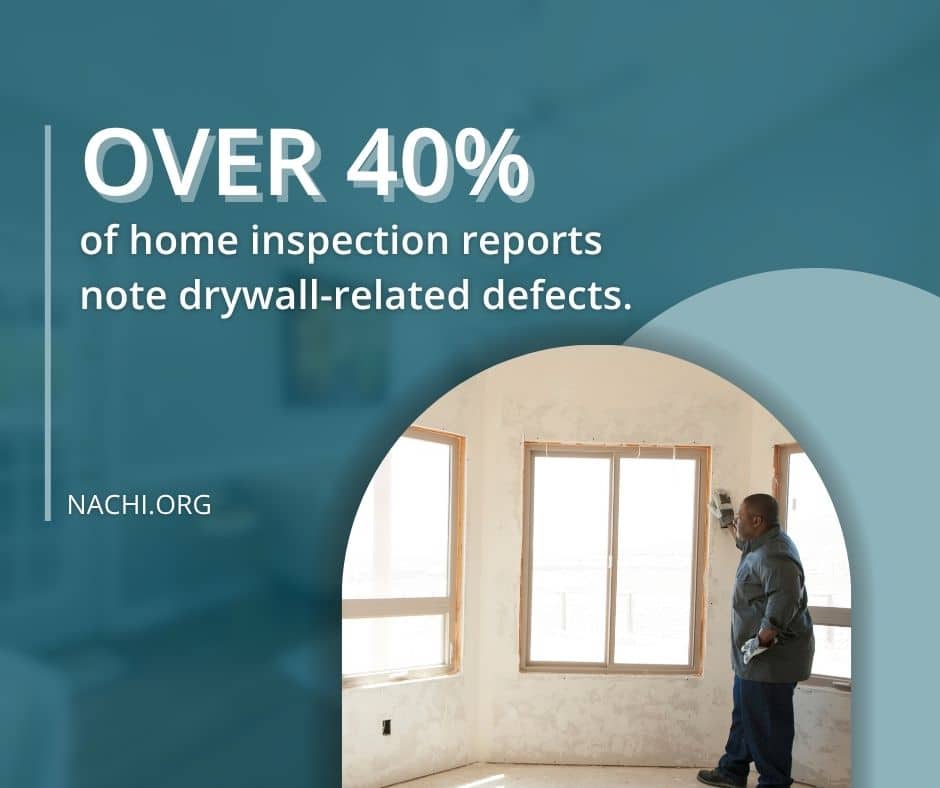
What Poor Finishing Can Tell an Inspector
Drywall is one of those building materials that tends to show every shortcut. When the finish is rough or inconsistent, it often reflects what happened during construction or renovation.
Over 40% of home inspection reports note drywall-related defects. Here are some of the red flags:
1. Visible seams or ridges
If tape lines or seams are obvious, it may mean the job was rushed or the installer used fewer layers than needed. In some cases, this shows up when cheaper labor is used or when drywall was added quickly without proper prep.
2. Cracks or nail pops
These might seem like small cosmetic issues, but they can point to shifting framing, improper installation, or even moisture problems.
Nail pops happen when fasteners pull loose, often because the underlying structure has moved or expanded.
3. Texture mismatches
A room with multiple finish types may suggest that repairs or patches were made at different times. While this isn’t always a problem, it raises questions. Were there plumbing leaks? Was drywall removed for mold or electrical access?
4. Staining or bubbling
If drywall looks bubbled, rippled, or stained, that could mean moisture has entered the wall. Water stains near ceilings or along seams are especially important to check. These finishes might be hiding a bigger issue with the roof, flashing, or plumbing.
5. Poor corner finishing
Corners and edges should be crisp and clean. Sloppy finish work around trim, baseboards, or windows might not affect function, but it reflects how much care went into the overall build.
In investment properties or flips, this often hints at speed over quality.
Why It Matters Beyond Appearance
The drywall finish is not just a cosmetic layer. It plays a role in the air-tightness, soundproofing, fire resistance, and even pest protection of a building.
Poorly sealed seams or gaps can lead to drafts, moisture entry, or loss of energy efficiency.
In commercial properties, poor finishes may fall short of code in spaces like corridors or stairwells that require fire-rated assemblies.
Even in homes, unfinished garage ceilings or poor wall repairs can be a sign that work was done without permits or proper materials.
What Buyers and Sellers Should Know
If you’re buying a property and notice uneven drywall, it’s worth asking more questions. A good inspector will help determine if it’s just surface-level or if it might be covering something more serious.
If you’re selling a home, it’s smart to walk through and check your own walls and ceilings before the inspection. Fixing obvious seams or repainting rough patches won’t fix deeper problems, but it can help show the home has been maintained.
For investors, drywall quality can tell you a lot about how a flip or renovation was handled. Properties with quick resale timelines sometimes get lower-grade finishes.
You don’t have to expect perfection, but consistent workmanship is a good sign!
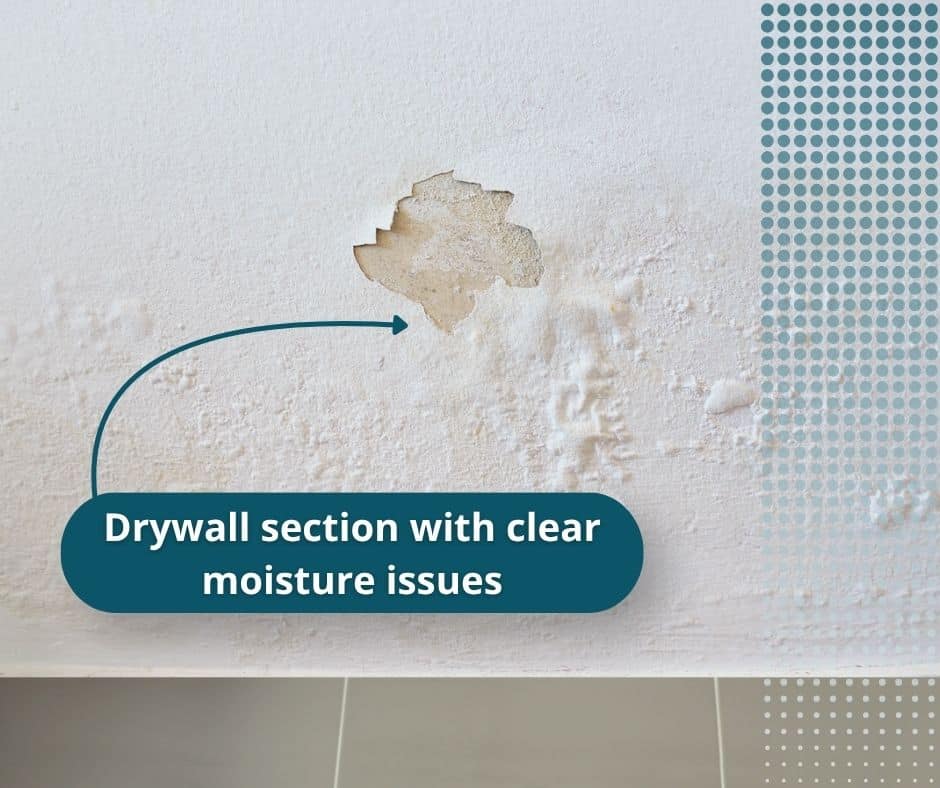
Other Areas Where Drywall Finish Comes Up
Drywall finishing affects more than just living rooms and bedrooms. We often flag drywall issues in places like:
- Garages with incomplete fire barriers
- Basements with moisture-related bubbling
- Attic-access areas with unsealed seams
- Commercial offices where visible tape lines affect tenant confidence
- Apartments or condos with poor sound insulation between units
A small defect in one of these areas might seem harmless. But it often connects to bigger decisions made about materials, ventilation, or water control in the rest of the building.
Related Questions About Drywall Finish and Inspections
Is drywall finish part of every inspection?
Yes. While we don’t grade the finish itself, we always take note of signs that could suggest poor workmanship, past repairs, or deeper issues.
Should I worry about uneven texture if everything else looks fine?
Maybe. If it’s isolated, it could be cosmetic. If it’s widespread or inconsistent, it might point to rushed work or even previous water damage.
Are cracks in drywall a structural issue?
Hairline cracks are usually not structural. But large cracks, repeated nail pops, or cracks paired with sloping floors may suggest movement in the foundation or framing.
Can drywall finish impact a building’s value?
Yes. Poor finish quality, especially if visible throughout the home, can affect buyer confidence and negotiation. It may also flag hidden issues during inspection.
Is it possible to upgrade a drywall finish later?
Yes, but it takes time and skill to do well. Higher levels of finish often require skim coating, sanding, and repainting to get clean, even surfaces.
When to Call a Professional
If you’re not sure whether drywall issues in a building are surface-level or something deeper, schedule a professional inspection. We can help you determine if it’s just an aesthetic concern or a sign of damage, moisture, or structural problems.
At Alpha Building Inspections, we serve clients throughout New Hampshire, Massachusetts, and Maine. Whether you’re buying, selling, or managing a property, we take drywall and every other detail seriously.
Conclusion
A poor drywall finish might seem like a small detail, but it often reflects the bigger picture. It can reveal how carefully a building was built or maintained, and whether anything may be hiding behind the surface.
If you notice uneven texture, cracks, or staining, don’t assume it’s just cosmetic. A professional inspection can help you understand what it means. Let Alpha Building Inspections deliver.
